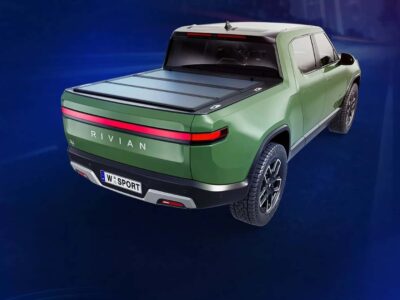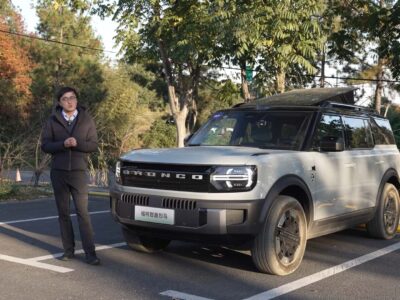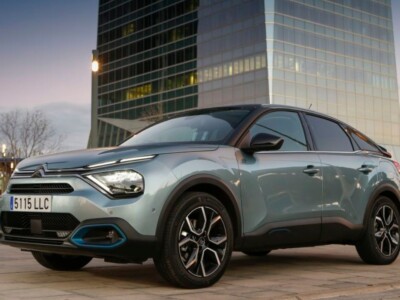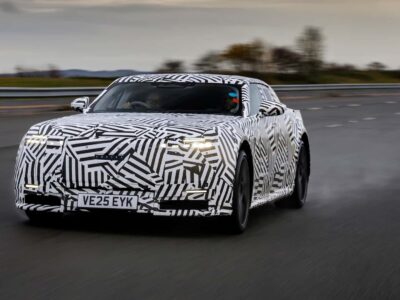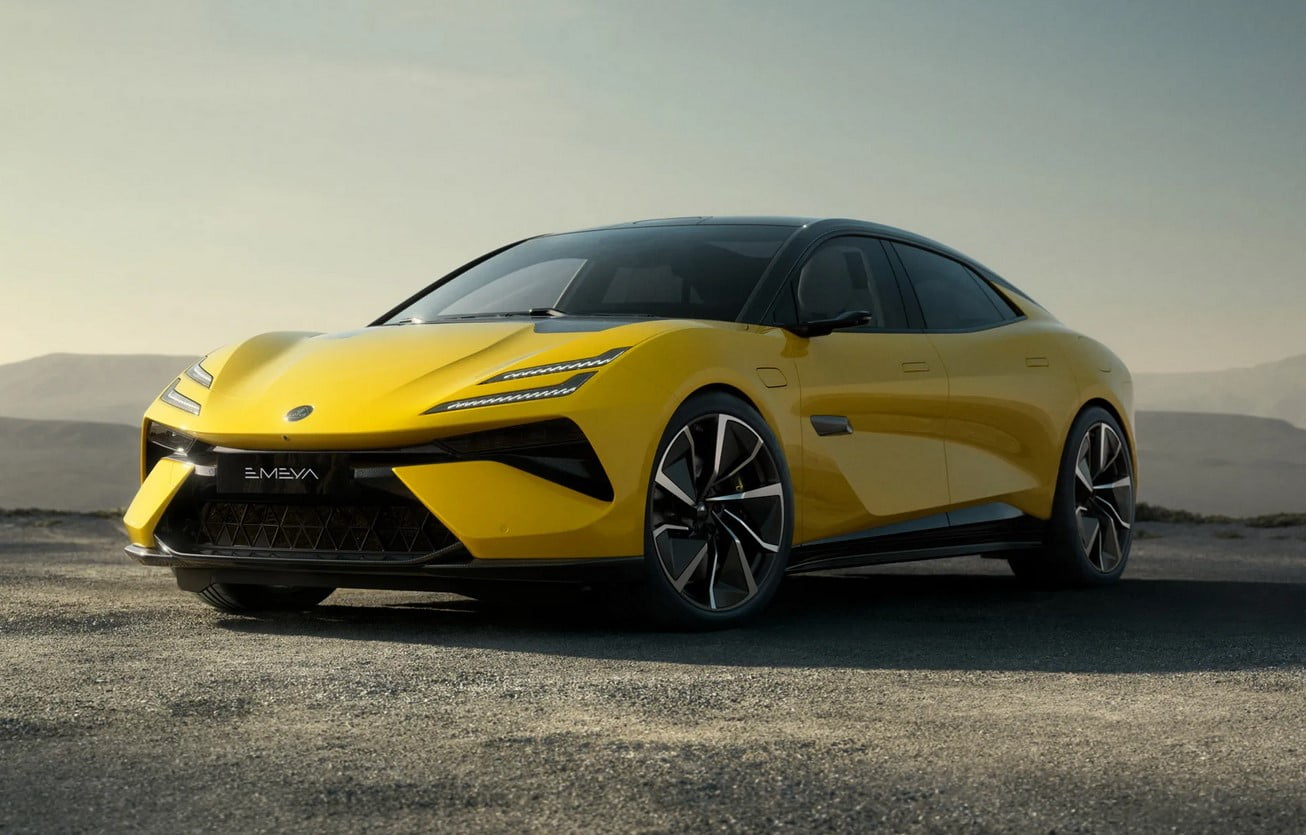
Lotus is set to take on the Porsche Taycan, the Tesla Model S Plaid, and the Lucid Air Sapphire with its own high-performance electric sedan.
The Lotus Emeya, slated for release next year as a 2025 model, marks the automaker’s second foray into electric vehicles, following the SUV Eletre. It also represents the latest addition to a lineup of flagship premium sedans or fastbacks that emphasize performance, perhaps at the expense of efficiency.
The Emeya utilizes the same premium electric architecture as the Eletre and borrows some styling elements from it, but it features a coupe-like shape that Lotus describes as a “hyper GT.” Like the Eletre, Lotus showcases the Emeya with cameras instead of traditional wing mirrors, although this option may not be available for vehicles sold in the U.S. due to current regulations.
Functional elements include active air intake shutters that close to reduce resistance or open to cool as needed, along with an adjustable rear spoiler and a rear diffuser.
Lotus will release full specifications later this year, but for now, the automaker has confirmed that the Emeya’s dual-motor all-wheel-drive propulsion system will match the 905 horsepower of the Eletre. This will enable the sedan to accelerate from 0 to 62 mph in under 2.8 seconds, with a top speed of 155 mph, according to Lotus.
The automaker has also confirmed a 2-speed transmission and a 102 kWh battery but has not disclosed information regarding the range. For reference, the Eletre, equipped with a 112 kWh pack, is estimated to cover up to 373 miles on the more lenient European WLTP test cycle.
Fast DC charging up to 350 kW can add up to 93 miles of range in about five minutes of charging and complete a 10% to 80% charge in just 15 minutes, claims Lotus.
Weighing in at around 5,500 pounds, the Emeya may not be the light and agile type of car for which Lotus built its reputation. However, the automaker asserts that an active air suspension system, with sensors reading the road surface up to 1,000 times per second, coupled with the inherent low center of gravity in electric vehicles, will deliver excellent handling.
Inside, the Emeya features an independent landscape-oriented touchscreen and a slim digital instrument cluster as the main interface. Additional information is relayed through a head-up display. A KEF audio system will be available, along with the customary combination of leather and Alcantara upholstery found in high-performance cars.
Production of the Emeya is set to commence next year, likely at the same Wuhan, China factory that manufactures the Eletre. Prices will be announced closer to the launch, but the base price is expected to be around $150,000. This positions the Emeya in the same price range as its Porsche, Tesla, and Lucid competitors.
While the Tesla Model S Plaid claims to be the fastest production car of all time, with a 0-60 mph time of just under 2 seconds, the Lucid Air Sapphire will challenge both Tesla and Lotus in terms of driving dynamics when it arrives in 2024. Lucid’s CEO, Peter Rawlinson, was once the chief engineer at Lotus Cars.
Porsche achieved the performance look with its Taycan but learned it needed to emphasize range a bit more. Therefore, Lotus might need to make a similar adjustment to remain competitive. The automaker has showcased a lightweight platform that will enable a future electric sports car, but Emeya and Eletre certainly don’t fit that description.


